Chapter 8 Elaborate Still Life
Still Life
Learning Objectives
By the end of this chapter, you should be able to:
Understand how various composition elements can effect the look of your drawing.
Utilize thumb nail sketches to quickly adjust composition at the initial stages of the drawing process.
Throughout this chapter you will be using your “seeing” skills in order to draw an elaborate still life. A still life is usually a grouping of smaller objects that can fit onto a table. The objects are the main focus. You are not concerned with what is in the area around the objects. Creating a still life is great practice for developing details and making sure multiple objects relate to one another properly, in regards to proportion and composition.
The still life genre became popular with Dutch painters during the 16th and 17th centuries. The Dutch paintings were not only highly realistic and detailed, but also contained a theme that touched on our human existence. Objects used within their paintings, such as timepieces (the clock is ticking), beautiful flowers and gourmet food (they will rot, wilt, or die), extravagant dishes and silverware (you can’t take it with you), all tended to point to our mortality.
Still Life Compostion
An important aspect of a still life is the selection of objects and how they are arranged. A still life is usually made of a grouping of objects that fit on a table or pedestal. The objects can relate to one another and have a general theme, like in the Dutch paintings, or they can be random objects. Once the objects are selected, the next important aspect is to determine how the objects are arranged. You should consider how the objects take up space within your drawing area and how the arrangement helps keep the eye of the viewer within your drawing area.
Things to consider for your composition.
- It helps to have the objects overlap each other and minimize gaps between objects.
- Try to fill the entire drawing area with your objects and keep any empty background space to a minimum.
- Find interesting objects to draw – the more complex, the better.
- Lighting is very important. It helps to have a strong contrast from light on one side of the object to dark on the other side.
- Note how your eye moves around the area and stays with the boaders.
Below are examples of still life paintings to help show various forms of composition.
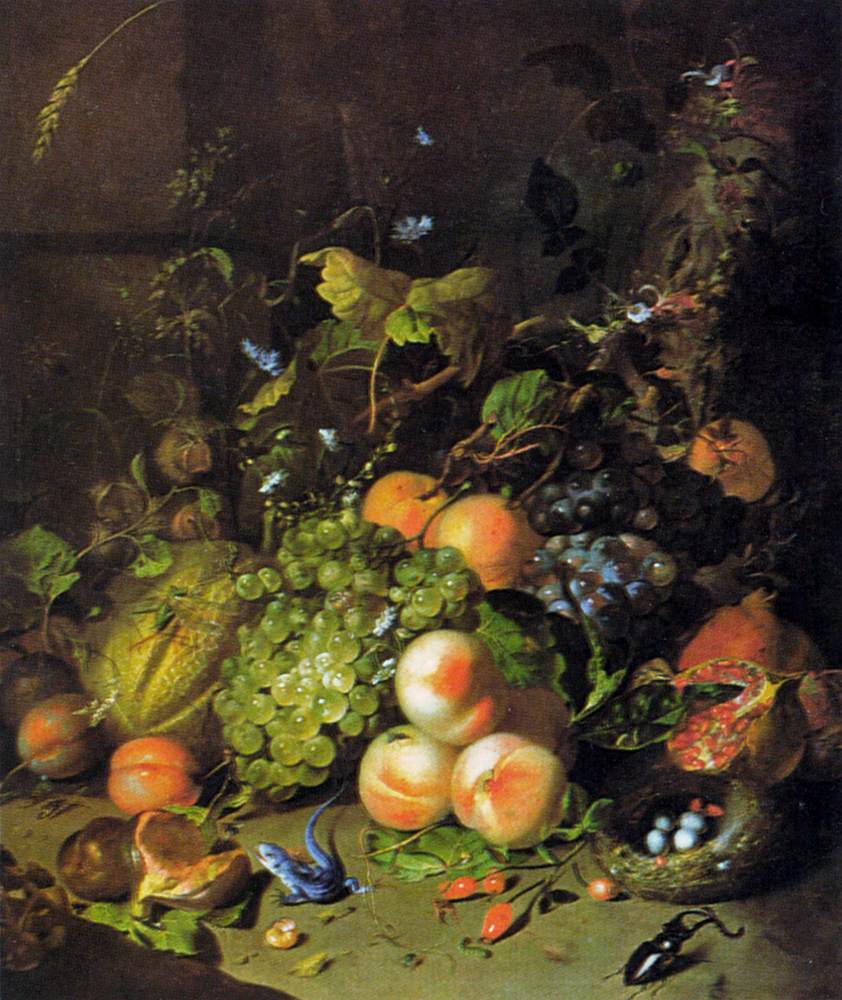
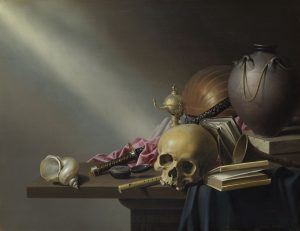
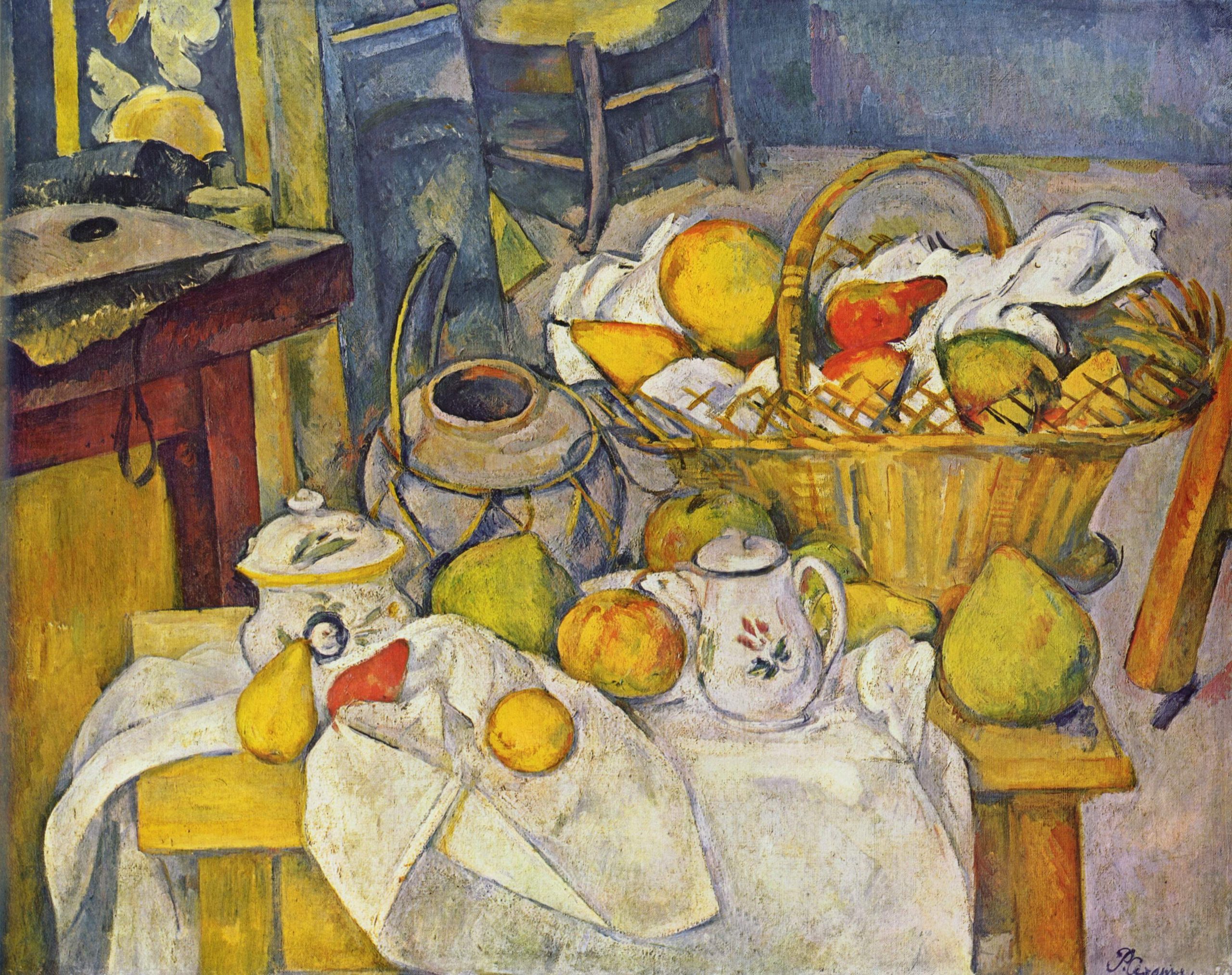
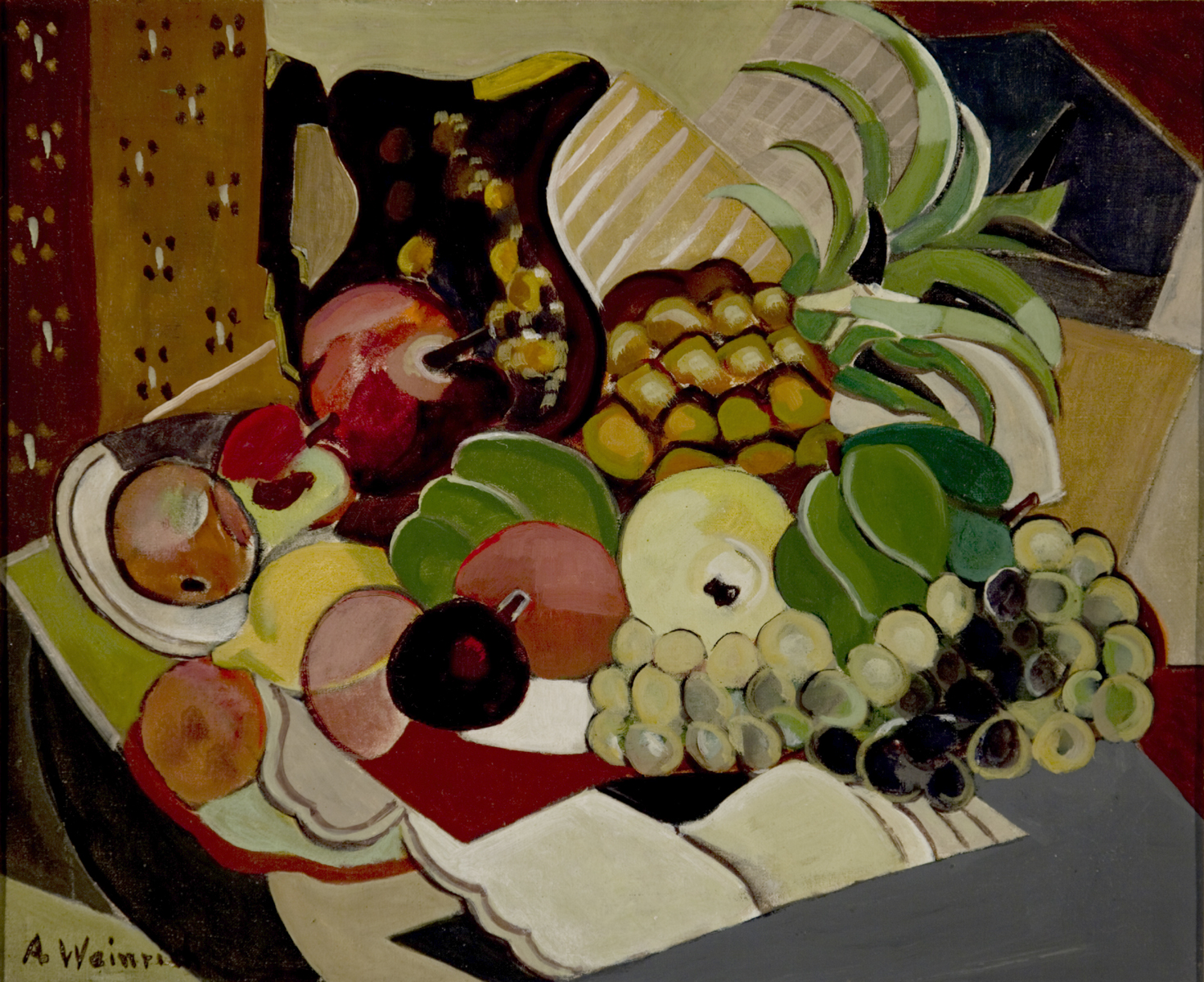
ThumbNail Sketches
Prior to working on a large drawing, it usually helps to draw some quick sketches of what you intend to draw, just to make sure the composition is pleasing to the eye. A thumbnail sketch helps determine how all the objects fit together quickly. Thumbnail sketches also help when you’re trying to generate ideas for any type of drawing that you may be working on, not just a still life. For instance, if you are drawing a landscape, you may want to add a tree or two that are not in the picture plane. You can draw the landscape quickly and add some trees of various sizes and locations, just to see how they will affect the composition if added.
Below are six thumbnail sketches with notes that explain each composition. Each drawing area contains the same objects, however, each sketch has a different arrangement.
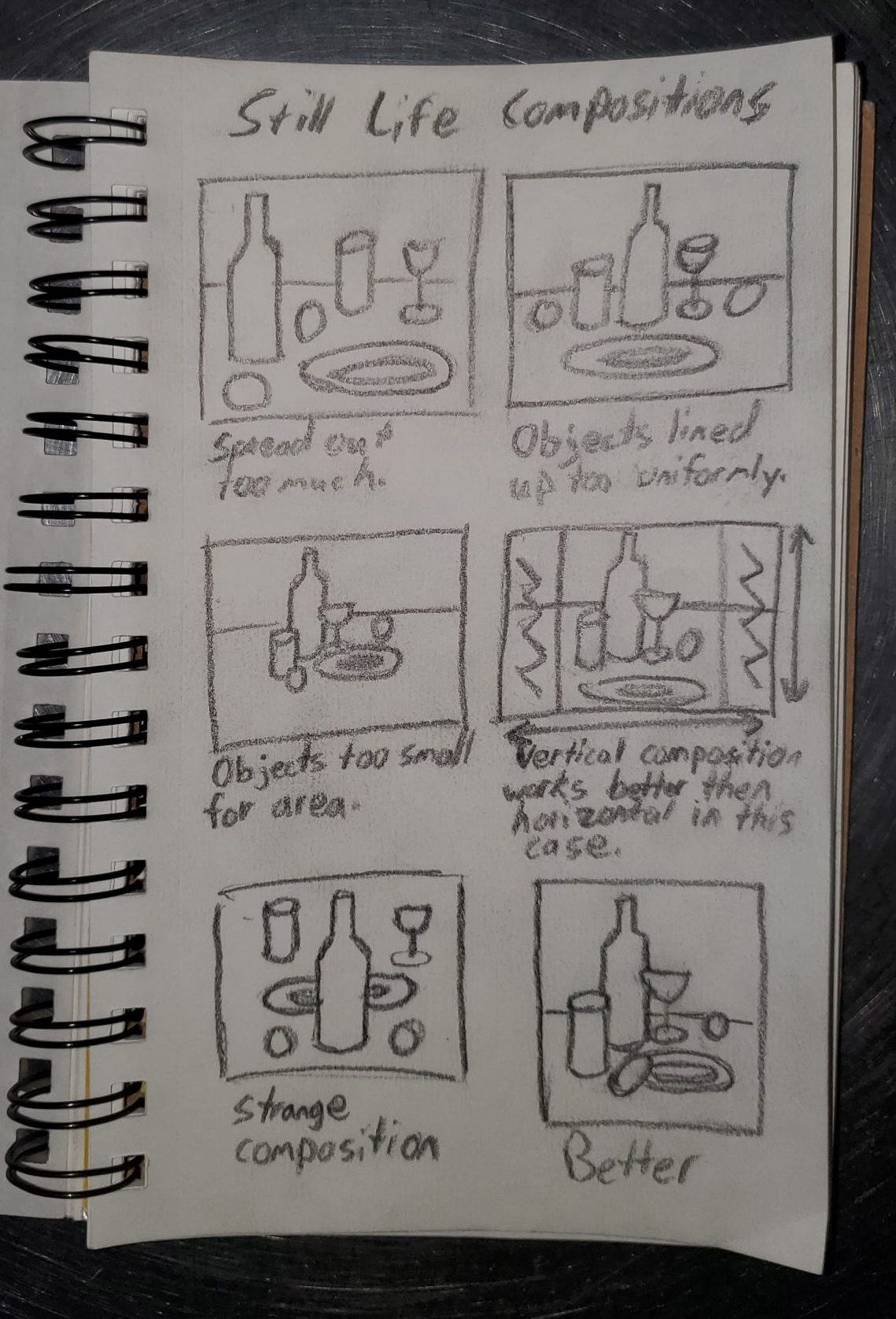
After several brief sketches, you can see how arranging the six items in various positions will look. You can take a quick look at how they all fit together and how they fit within the drawing area. These drawings do not need much detail; only the main shapes of each object are needed. The notes below each sketch give reasons why some compositions do not work. The bottom lower right drawing is probably the best. There is not a lot of wasted space and the objects overlap well. It just looks right. The right composition is sometimes hard to figure out and there are many opinions on how to come up with the best one. However, using multiple thumbnail sketches will help you come up with one that feels right.

